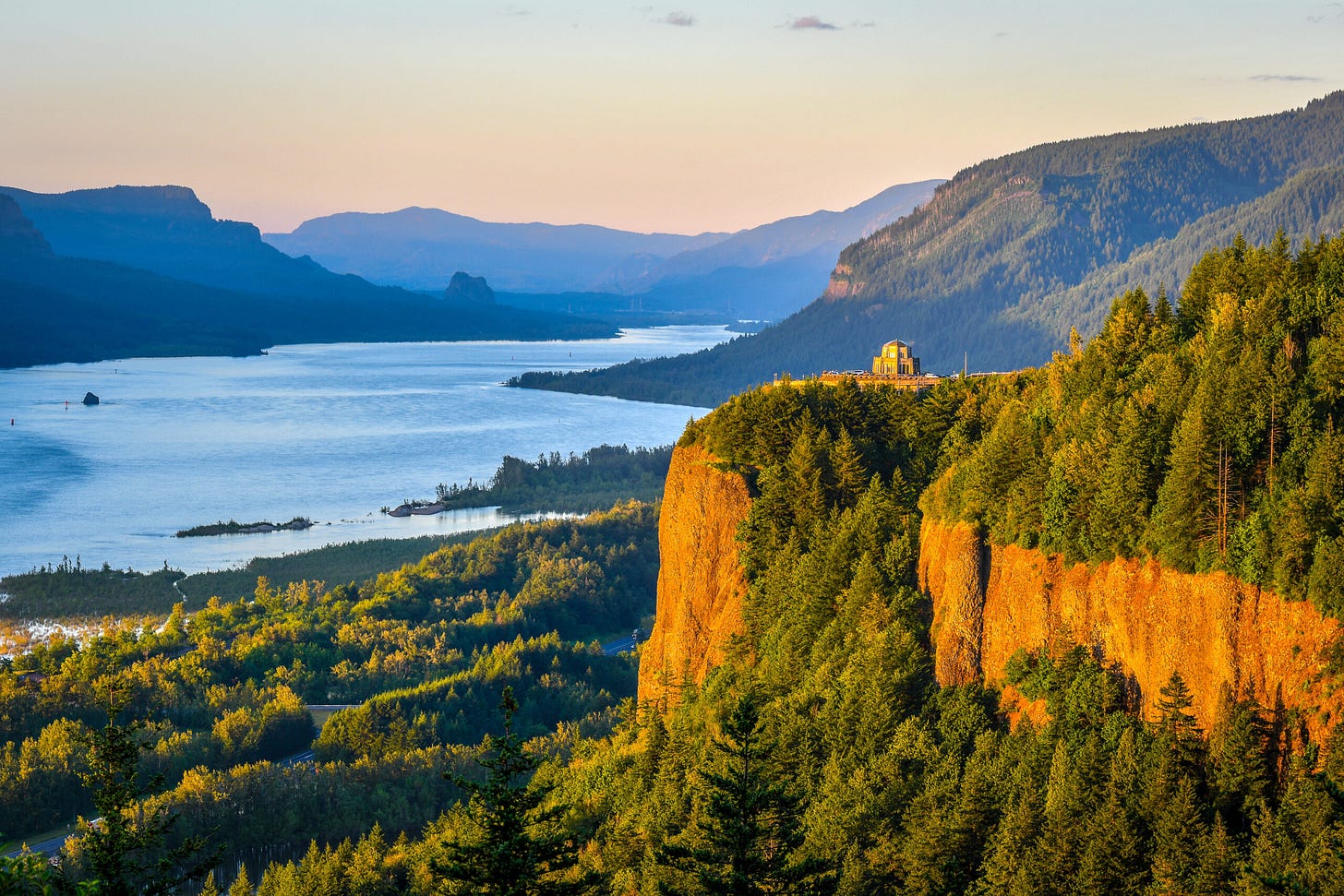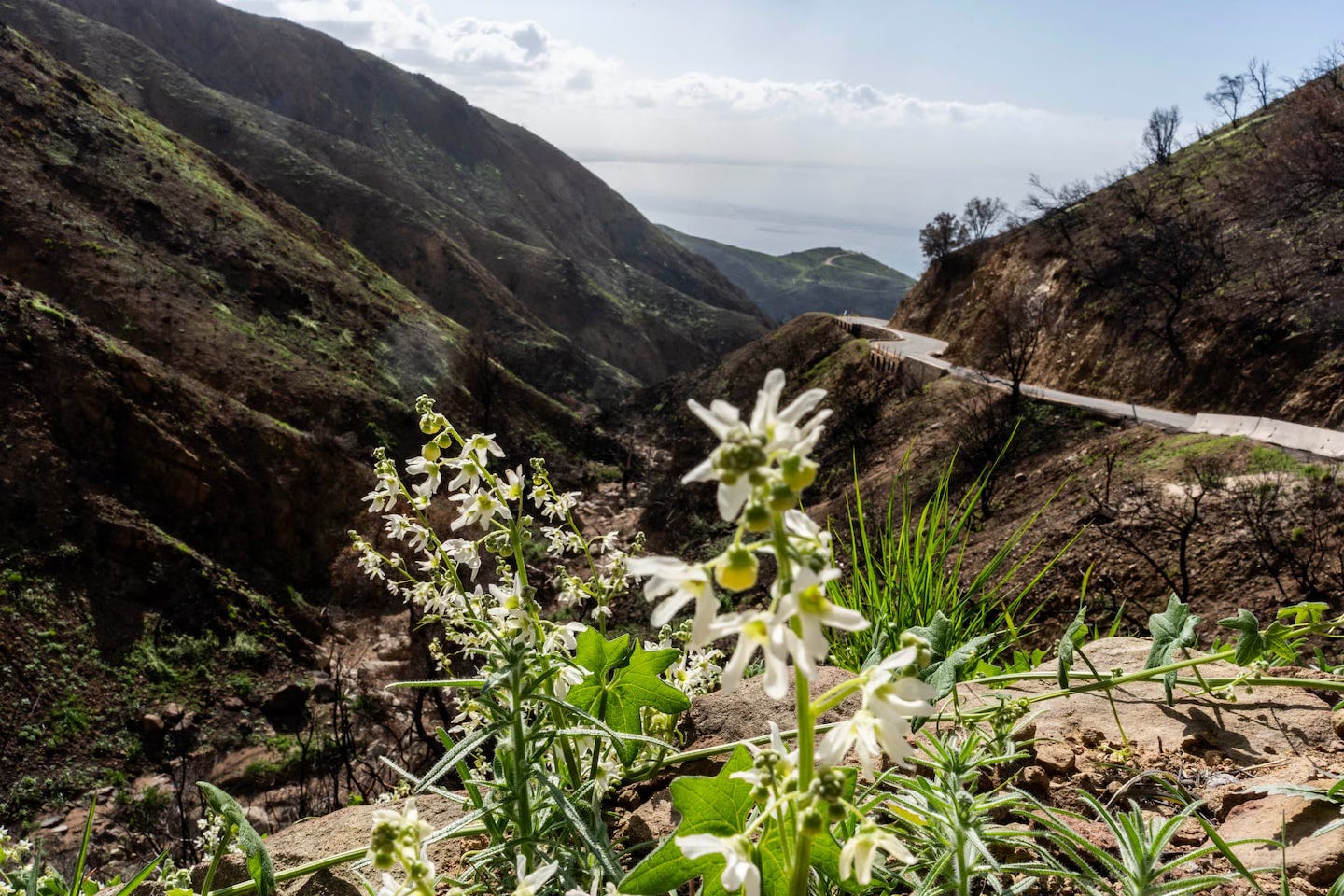A Little Hope For You
Plus, Last Chance to Touch a Lake, Soil Time for a Wildlife Crossing, Fire Challenges, and Crystal Caves
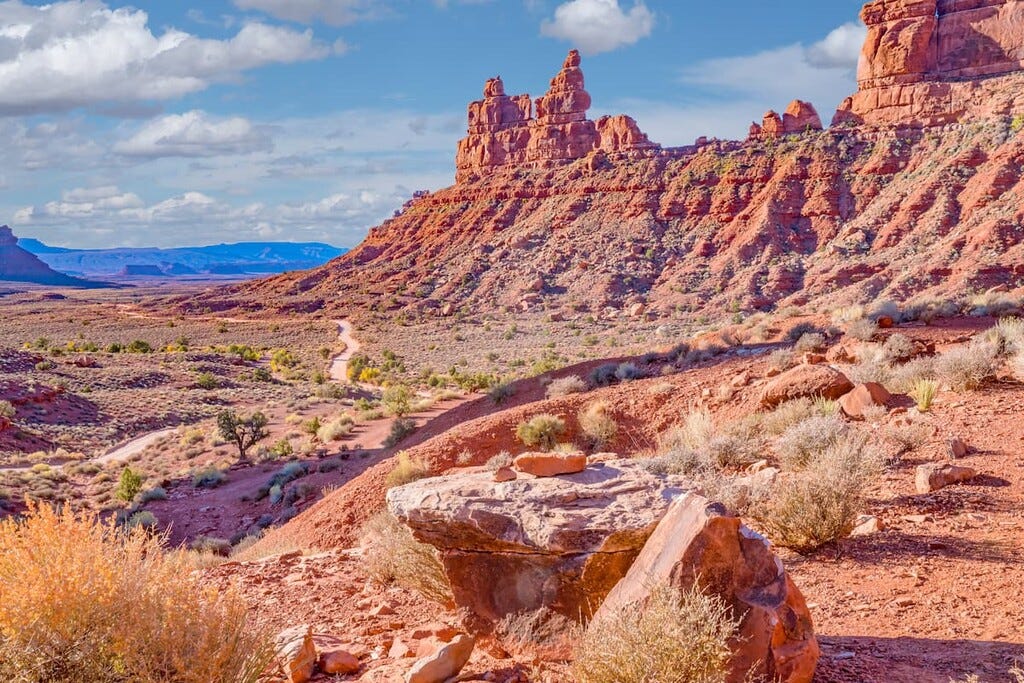
One of the most challenging aspects of trying to keep up with outdoor news right now is how depressing it can all be. Amidst a round of indiscriminate and uninformed budget cuts and firings, the administration has already fast-tracked extractive and destructive industries on public lands, opened up huge swaths of National Forests to logging, and started a “review” of national monuments in an effort to shrink their boundaries again.
Anyone who has been paying attention is probably not surprised about all of these—the Sagebrush Rebellion extremists have been drooling about ways to hand federal lands to private landowners for more than a generation. Although it’s been a little dizzying to see just how fast Republican lawmakers rolled over for this consistently unpopular platform, there is more than a little hope on the horizon now that those same lawmakers are starting to hear from their constituents.
High Country News has a great feature article on this turnaround, noting that in the West, 72% of voters favor public land conservation over development no matter what their political affiliation is. In addition, more than 70% of Republicans and more than 90% of Democrats in these areas agree that public lands are important to their state’s economies, with majorities opposing the sale of public lands and reductions to their protections. The pressure is leading several Western republican lawmakers to break with the national party line to vote against legislation attacking public lands and even introduce new bills to beef up their protections.
Will this be enough to turn the tide? I’m not holding my breath, but anything that gums up the works long enough to slow this steamrolling down is a good thing in my book.
Subscriber Section
Don’t forget, if you’re a paid subscriber, not only do you get instant access to newsletters as they publish and the ability to comment, but you also have the ability to ask me anything, anytime! Ask me anything about the outdoors, writing, travel, whatever, and there’s a chance I’ll answer it right here in the newsletter for ya. Readers have also given me some tips on good stories to share or dig into, and I can assure you those are all VERY appreciated!
Your Parks
Your Places
Gorge Commission Survives
The Columbia River Gorge is a National Scenic Area in Oregon and Washington that straddles the Columbia River and provides a great deal of outdoor opportunities and open space to the Portland metro area. Despite population pressures from that metro area, the region retains a great deal of undeveloped space—protected in large part by the inter-state agency The Columbia River Gorge Commission.
In early April, the state of Washington’s lower chamber voted to eliminate all funding for the agency (which accounts for 0.0028% of the state budget), which surely would have trigged some legal battles but also could have left the area open to more commercial development and sprawl. The Friends of the Columbia River Gorge drove a large public awareness campaign and this week, Washington passed a budget that continued to fund the Commission through 2027, albeit with a 27% cut. The group is now focused on making sure Oregon matches this level of funding.

Last Chance to Touch Crater Lake
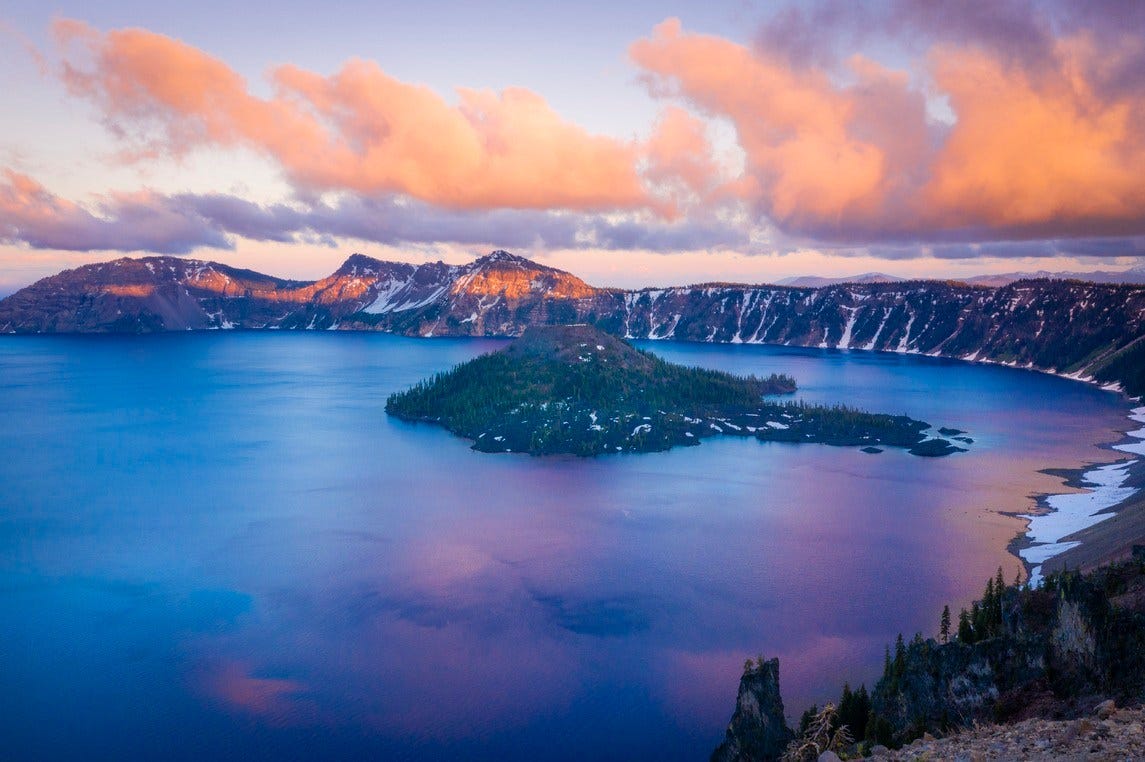
Ok, not last chance FOREVER, but the National Park Service is planning a major renovation and restoration of the Cleetwood Cove Trail and Cleetwood Marina, which are the only ways to access the actual waters of Crater Lake. The planned renovations will be extensive and require the entire trail to be closed to public access beginning in 2026. The construction is expected to be done by summer of 2029, so if you were dragging your feet on a lake trip ( ::sheepishly raises hand:: ), best to get moving this season!
Crystal Cave is Back
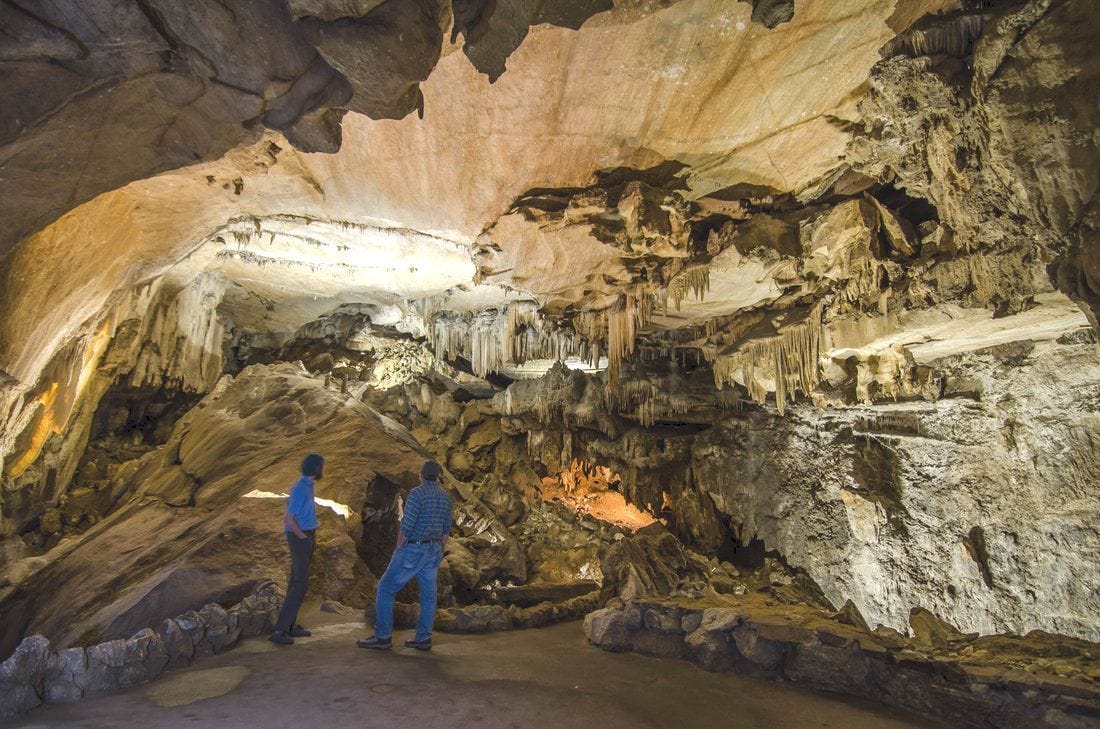
After four years of being closed to visitors, the popular Crystal Cave in Sequoia National Park is officially re-opened! In 2021, the steep trail leading to the cave was heavily damaged by wildfires, then by two consecutive heavy winters. But now the attraction will welcome visitors once again, starting on May 23, 2025.
Crystal Cave is a ticketed attraction and requires a reservation on top of the normal park admission. Guided tours are available through September 7th and can be purchased ahead of time via the Sequoia Parks Conservancy website.
Wildlife Crossing
Wildlife and the Outdoors
Wildlife Struggles in SoCal Burn Areas
I was briefly down in Los Angeles last month for a writing convention, and while I didn’t get a chance to get into burned neighborhoods for myself, seeing the burn scars from the air was a sobering experience in scale.
Though these landscapes have evolved to bounce back relatively quickly from wildfires, the modern trend of massive, very hot fires burning the same area over and over again is a new challenge. A feature in the Washington Post (unlocked) highlights both aspects of the recovery—some of the photography shoes Marah vines already springing back to life in the gray moonscapes, but it also features quotes from biologists talking about reduced habitat and increased pressure on the wildlife already hemmed in by urban growth.
Next Steps for the Annenberg
… which is why it was very timely that the Wallis Annenberg Wildlife Crossing in the Santa Monica Mountains celebrated a major milestone a few weeks ago, when 6,000 cubic yards of soil were added to the overpass. The soil is not just your average garden store bagged stuff, but rather a mix of components and fungi designed to closely match the nearby soil on both sides of the freeway.
After the soil is contoured, landscaped, and settled, it will be seeded and planted with native shrubs by the end of the summer. For now, the soil has been seeded with some plants designed to help “jump start” the soil, including yarrow, California poppies, Santa Barbara milk vetch and other species. In the next phase of construction, additional slopes will be built around the nearby roads to further blend the overpass into the landscape.
I find this project super fascinating, and there is a lot of interesting engineering going on in this massive project. Read more about it at this unlocked piece from the Los Angeles Times.
One More Thing
Oh yeah, before I go …
Recently, a climber on Japan’s Mount Fuji was airlifted off the mountain after suffering from altitude sickness. He recovered back at sea level … and then returned to the mountain just a few days later to look for his cell phone and some other items he left behind. There, he got altitude sickness again and had to be rescued and taken to a hospital a second time.
Two lessons here: cell phones aren’t worth it; and altitude sickness is REAL.
Stay hydrated out there. Until next time,
Happy Trails,




